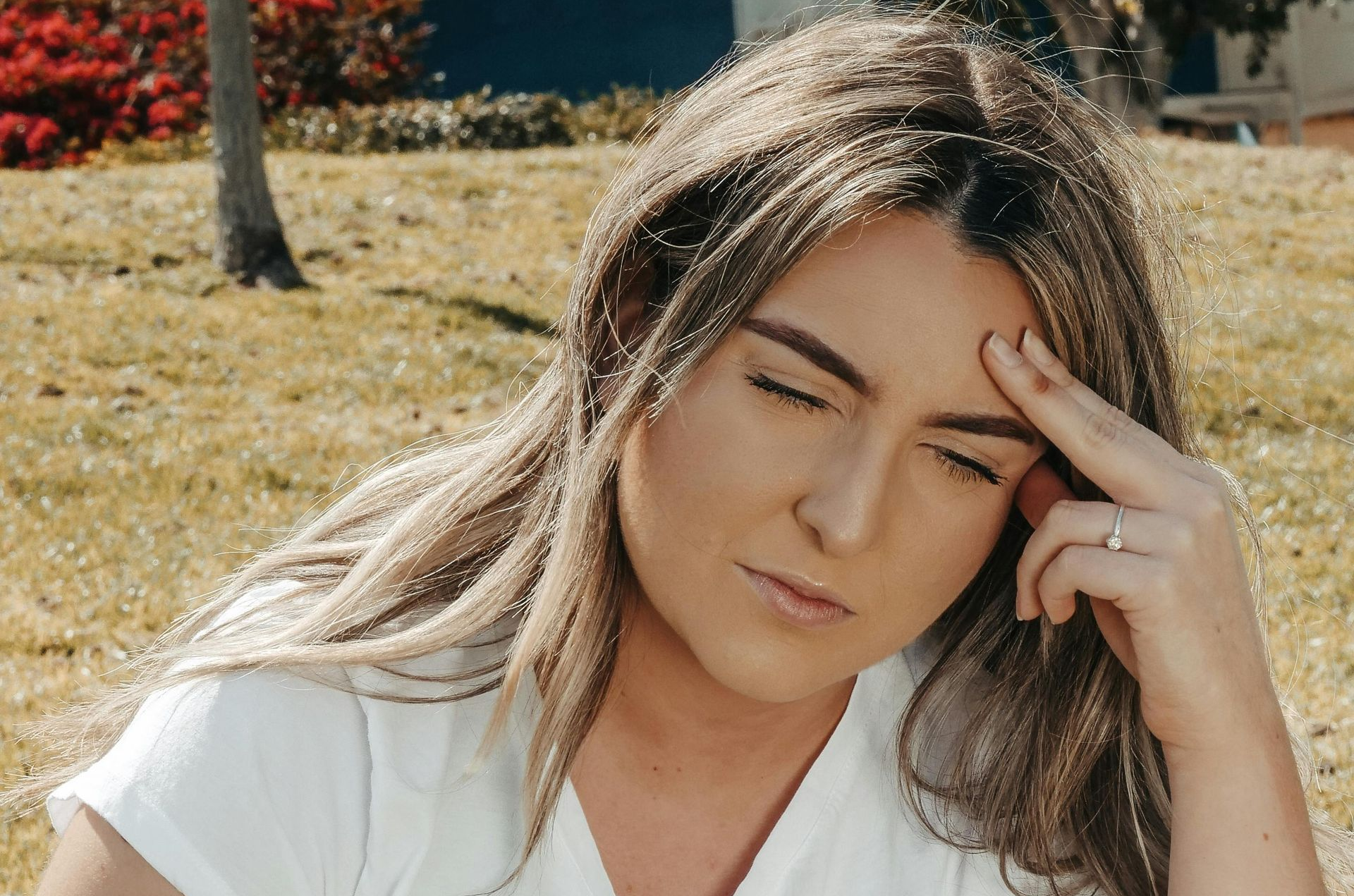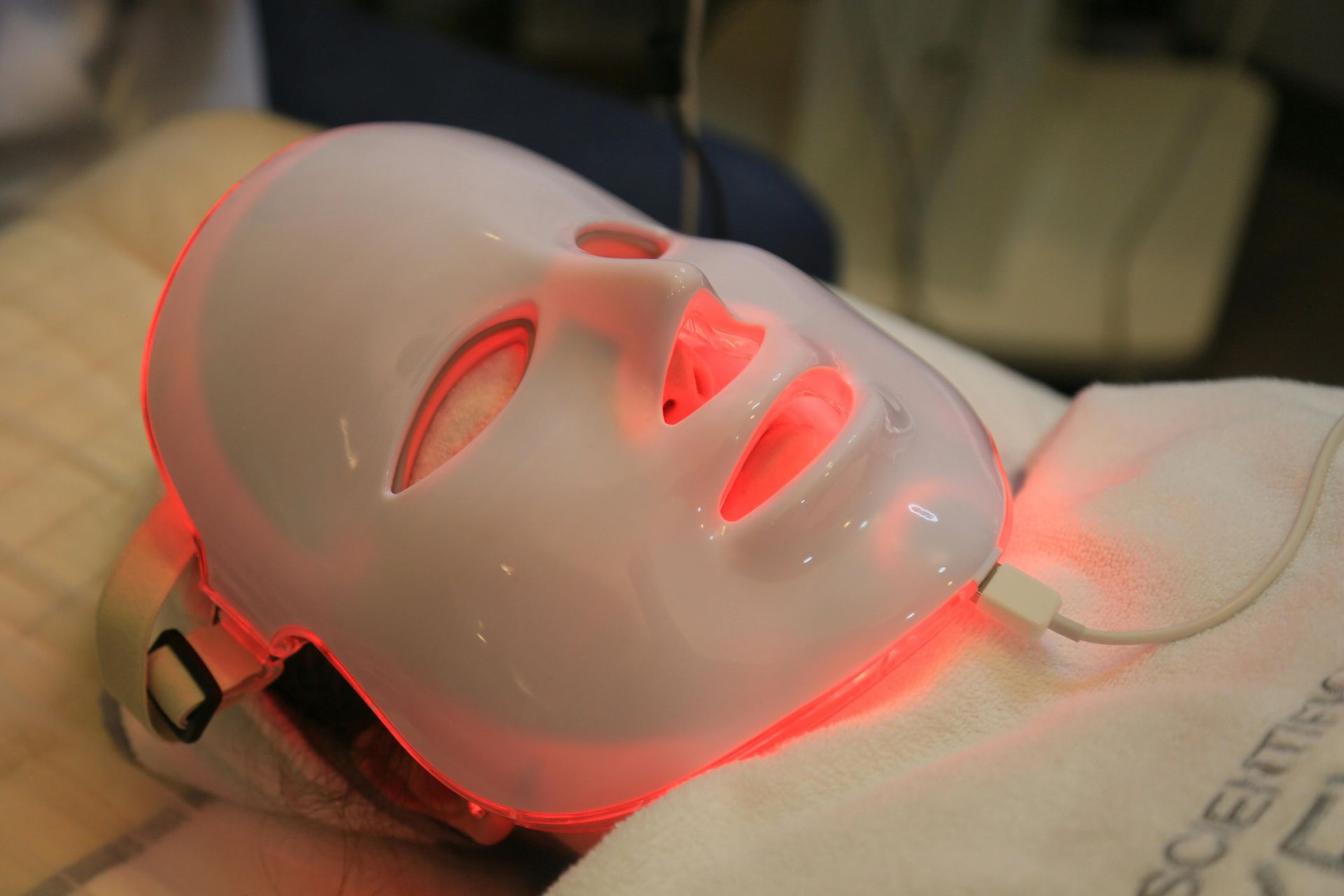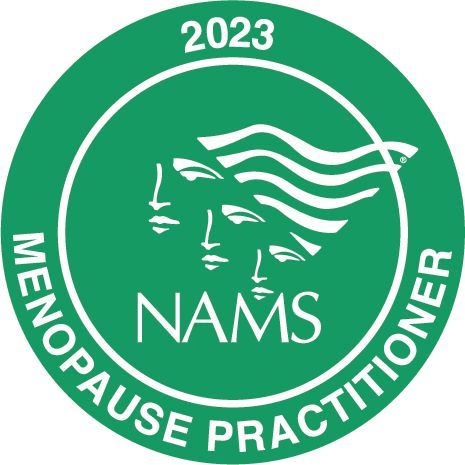Understanding the benefits, proper dosing strategies, and why progesterone support changes from perimenopause to menopause.

Meet Carissa: Is This You?
Carissa, age 36, finds herself waking at 3am- her mind racing and her body feeling “wired but tired.” She’s more anxious lately, has heavier and unpredictable periods, increasing breast tenderness, and headaches before she starts her per. Her once clear skin now breaks out before her cycle. Assuming stress is to blame, Carissa mentions these changes during a check-up. Her provider explains that these symptoms often happen as progesterone declines in the late reproductive years, especially if sleep issues worsen and calming down at night becomes a challenge.
What is Progesterone?
Progesterone is a hormone released after ovulation that builds up the uterine lining and balances estrogen. If pregnancy doesn’t occur, it drops off, causing a period.
Why Does Progesterone Matter?
This hormone doesn’t just regulate periods. Progesterone:
- Calms the brain by increasing GABA (a relaxing neurotransmitter), which is why it usually helps people fall asleep and stay asleep.
- Supports regular cycles and eases heavy bleeding
- Reduces headaches, breast tenderness, and emotional swings before periods
- Protects the uterine lining against abnormal growth and cancer (especially important when using estrogen after menopause)
- Lessens hot flashes and night sweats in perimenopause and menopause
- Supports metabolic health and may reduce risk of insulin resistance
- May reduce hormonal migraines, PMS, and PMDD for some, but not all
When progesterone falls, sleep disturbances, anxiety, and symptoms like Carissa’s become more common.
Can Progesterone Make Sleep Worse?
Evidence shows that micronized oral progesterone actually improves sleep for most women, especially if progesterone is low. Studies confirm it can:
- Reduce wakefulness after falling asleep
- Increase deep, restful sleep (slow-wave sleep)
- Generally restore normal sleep patterns
Progesterone’s calming effect is linked to how it boosts GABA activity in the brain. While rare individuals may experience restlessness or vivid dreams, most women notice improved sleep quality and relaxation with progesterone replacement, not insomnia or difficulty sleeping. When insomnia becomes an issue, raising the progesterone dosage might benefit certain individuals, and this is a topic you can discuss with your provider.
Hormone Changes Over Time
- Normal Cycles: Progesterone rises after ovulation, keeping cycles regular and supporting healthy mood and sleep.
- Perimenopause: Ovulation can become irregular, leading to decreased progesterone levels that contribute to increased sleep disturbances, mood swings, night sweats, and heavier or irregular cycles- even as estrogen levels may continue to fluctuate.
- Menopause: Progesterone drops to near zero, and so does estrogen.
Micronized Progesterone: How and Why Use It?
Micronized progesterone- a bioidentical form that mirrors the chemical structure produced by your own body- is the most thoroughly researched and safest replacement available, proven to help with:
- Better, deeper sleep and less nighttime wakefulness
- Calmer mood and less anxiety
- More regular cycles and lighter bleeding in perimenopause
- Crucial uterine lining protection when using estrogen
How it’s given:
- Cyclic dosing: For women still having periods, progesterone is often prescribed for 12–14 days/month after ovulation, mimicking the body’s natural rhythm. The typical dose for cyclic administration is 200 mg; however, this serves as a general guideline and should be tailored to individual needs. To simplify matters, I usually suggest beginning cyclic progesterone on the first day of each month and continuing it for the full 12-14 days, regardless of where you are in the menstrual cycle. If your period begins, continue taking it for the remaining scheduled days, whether that's 12 or 14 days.
- Continuous dosing: After menopause, daily dosing is generally advised and required if a uterus is present and estrogen therapy is being utilized. The standard dose for daily use is 100 mg, however, this also serves as a general guideline and should be based on the individual’s needs.
Why not give daily in perimenopause?
Starting daily progesterone too early (before periods stop)
may lead to irregular bleeding or feel “off.”
In fact, the most common complaint I hear from women who begin taking it daily too early in the menopause transition is irregular uterine bleeding.
Cyclic dosing is beneficial because it supports normal cycle balance and minimizes side effects.
Symptoms of Low Progesterone (Like Carissa)
- Restless sleep/insomnia
- Frequent nighttime waking
- Anxiety or irritability
- Heavier, prolonged, missed, or irregular periods, or shorter cycles (e.g., bleeding every 21 days instead of 28).
- Breast pain and premenstrual headaches
- Acne and mood shifts
These symptoms often become noticeable in the late 30s or early 40s.
Risks, Side Effects & Rare Intolerance
- Benefits: Improved sleep and mood, regular periods, uterine protection, relief of hot flashes and night sweats.nature+2
- Risks: Minimal, especially compared to synthetic progestins. Side effects may include morning grogginess (if taken too late), mild dizziness, or- rarely- mood changes.
- Progesterone intolerance (rare): Some experience adverse effects (irritability, insomnia, depression) due to sensitivity to breakdown products. Solutions can include lowering the dose, timing adjustment, or changing the delivery route.
What To Do Next?
If Carissa’s experience resonates, know that these changes are common- and help is available. Instead of accepting disrupted sleep, heavy cycles, or mood struggles as “normal,” talk with a menopause-informed provider, like myself. Personalized therapy-including evidence-based progesterone supplementation- can safely restore balance, support restorative sleep, and ease the midlife transition.
Conclusion: Support Is Here for You
Progesterone is far more than a “period hormone.” It’s the key to steady mood, restorative sleep, safe hormone therapy, and long-term wellness. If you’re struggling with new symptoms- day or night- reach out. You don’t have to navigate perimenopause or menopause alone.
















